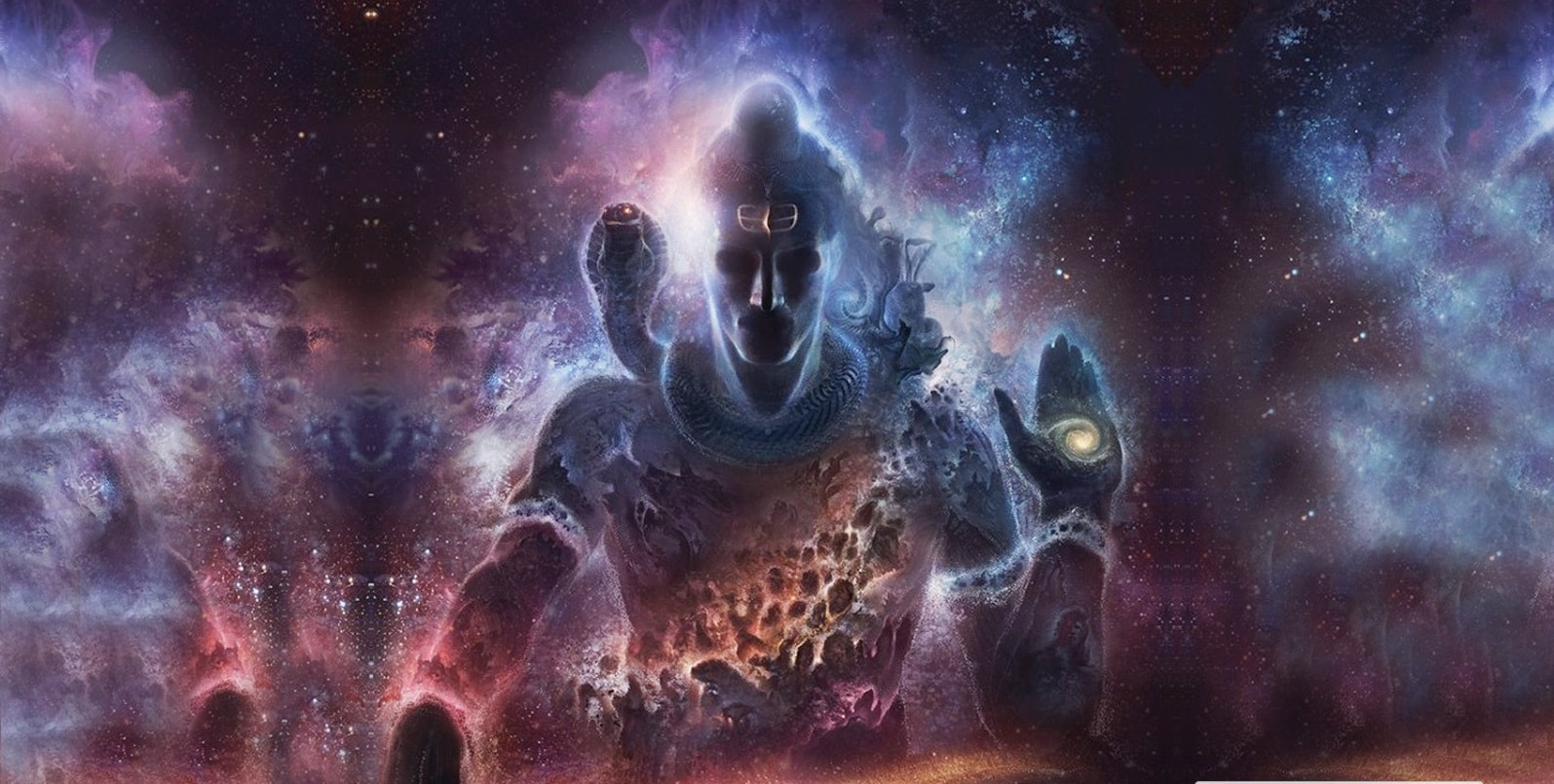Lord Shiva, one of the most revered deities in Hinduism, is widely considered the ultimate god and the symbol of destruction and creation. His depiction as a creator, preserver, and destroyer reflects the cyclical nature of life, death, and rebirth. But what is often overlooked is the scientific significance of Lord Shiva in ancient Indian civilization, as depicted in the Vedas and Upanishads.
The Vedas and Upanishads are considered to be the oldest scriptures of Hinduism and contain a rich repository of knowledge about science, philosophy, and spirituality. In ancient India, science and spirituality were intertwined, and there was a belief that the ultimate truth about the universe could be discovered through a combination of spiritual and scientific inquiry.
The Vedic and Upanishadic texts contain many references to scientific concepts and calculations, including the measurement of the Earth’s diameter, the distance between the Earth and the Sun, and the nature of the universe. These calculations were made thousands of years ago and were considered to be highly advanced for their time.
In fact, Lord Shiva is often portrayed as a cosmic dancer, whose dance symbolizes the cycles of birth, death, and rebirth in the universe. This depiction is a metaphor for the movement of the planets and stars and the formation and destruction of galaxies.
In Hindu mythology, Lord Shiva is also associated with the element of fire, which represents energy and transformation. This reflects the scientific understanding of energy as the basis of all matter in the universe and the role of energy in shaping and transforming the cosmos.
In addition, Lord Shiva is often depicted with a trident, which symbolizes the three aspects of time – past, present, and future. This represents the idea that time is a fundamental aspect of the universe and that everything in the cosmos is connected through time.
Furthermore, Lord Shiva is often depicted with a snake wrapped around his neck, which symbolizes the cyclical nature of life and death. This reflects the scientific understanding of the interdependence of all life on Earth and the role of death in the cycle of life and rebirth.
In conclusion, the depiction of Lord Shiva in the Vedic and Upanishadic texts reflects a deep understanding of science and the universe. From the measurement of the Earth’s diameter to the depiction of the cosmic dance of creation and destruction, Lord Shiva represents the interconnection of science and spirituality in ancient Indian civilization. The Vedas and Upanishads illustrate the belief that the ultimate truth about the universe could be discovered through a combination of spiritual and scientific inquiry, and that the two were not mutually exclusive but rather complementary in nature.
